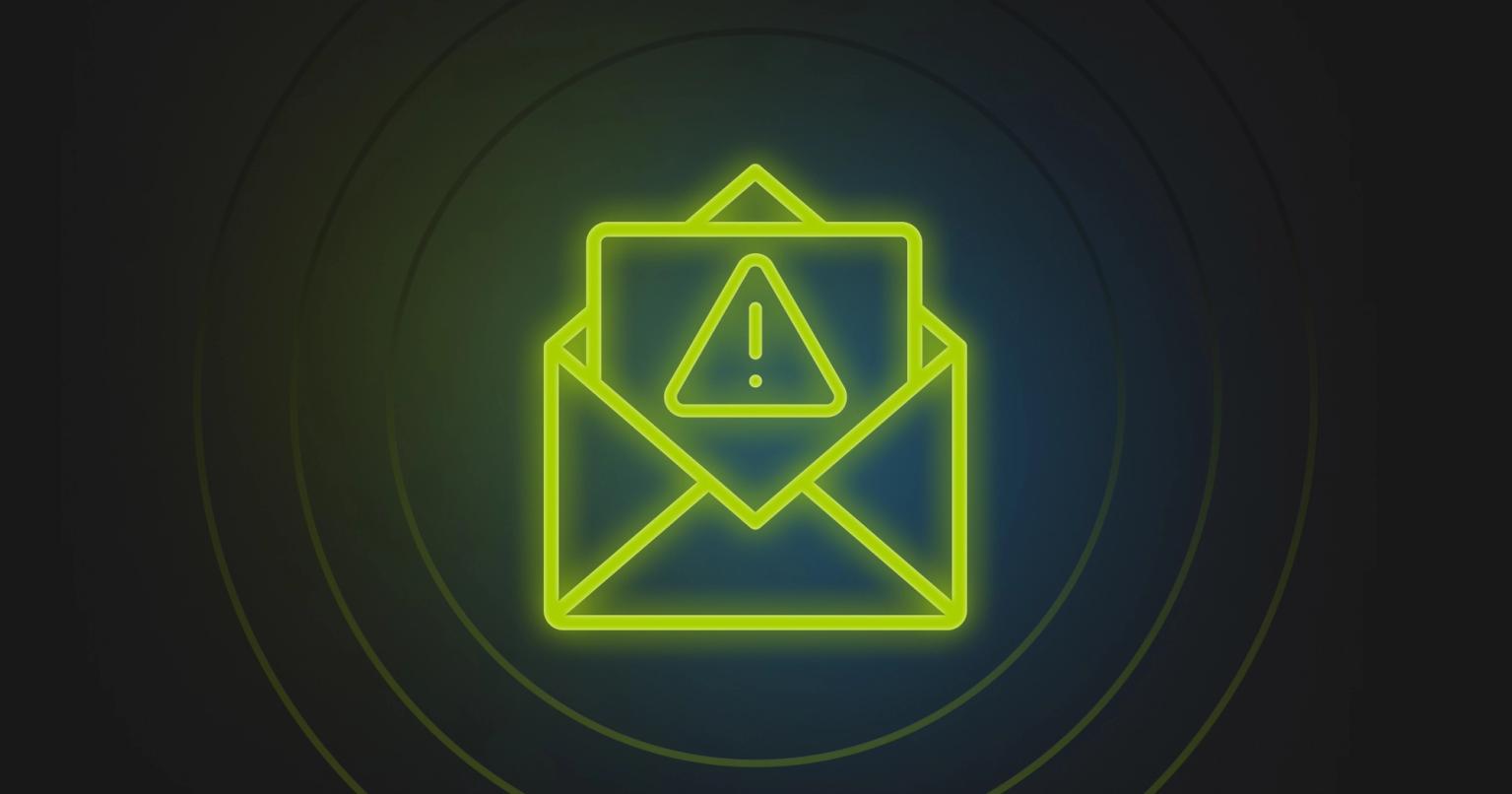How Knak Does Email: Creating Effective Email Briefs

Tania Blake
Director of Marketing, Knak
Published Jan 2, 2020

Summary
Learn Knak's secrets to crafting effective email briefs that align teams, clarify strategies, and enhance campaign success.
Why you need them and what to include
Download our free Email Brief template and start creating more effective email briefs today.
Look, we get it. We know email briefs take time. We know you don’t have a lot of time. And we also know that skipping the email brief can seem like a great way to speed up the email creation process.
But email briefs are important, and we think that skipping them is a mistake. Here’s why:
- They keep your team and your stakeholders in alignment
- They reveal areas of your strategy that need to be better developed
- They serve as a central location for copywriting/design/development updates (and keep each of those components on track)
- They’re a great archival record of your campaign strategy
Think of it like a packing list for your vacation. Sure, you might remember everything you need, but if you write it down ahead of time, there’s a much better chance you won’t be stuck at a ski resort without your gloves.
Creating email briefs doesn’t have to be overwhelming, so we’re breaking down the 10 things you should include, along with some insight to help keep your briefs on track.
After all, better briefs = better emails = better results.
1. Project Description
We recently sent an email announcing our 2019 Benchmark Report. In the email, we introduced the report and invited our database to download it, so, in the accompanying brief, we simply included a few sentences that spelled out the “what” of the project. It was short, to the point, and easy for the team to understand.
Use this section to specify the type of email it will be. Is this:
- An email triggered by a previous subscriber action (an abandoned shopping cart, a prior purchase, etc)?
- Geared towards lapsed customers?
- Introducing a new product?
Break it down so that team members and stakeholders can easily get the point.
2. Objectives / Goals
How will you measure success? Decide what your KPIs will be, and set goals for each of them. Some common KPIs:
- Opens
- Click-throughs
- Downloads
- Conversions
- Leads
In the case of our Benchmark Report, our KPIs were click-through rate and number of downloads. We set a goal for a certain number of downloads, so it’s been easy to tell if our results are on target.
3. Target Audience
Who will the email go to? Your full database or a particular segment? Take the time to clearly define this category using terms that match the audience selection tool in your marketing automation software.
4. Key Messages & CTA
What action do you want your readers to take, and how will you get them to do it?
- Are you offering a discount?
- Sharing exclusive content?
- Using a compelling story?
Simplicity is key here. Emails with one clearly-stated CTA tend to perform much better than those that are diluted with a second one. Spell out your desired key messages so your writers and design team know where to put the emphasis.
5. Budget
Include budget for:
- Copywriting
- Design
- Development
Stakeholders will appreciate having this clearly delineated from the outset of the project.
6. Inspiration
Was this project inspired by something else? Maybe you received an email or saw a blog post you loved, and you want to create something similar. Include a link to those inspiring pieces here so your copywriter and designer can use them for context.
7. Key Components & Considerations
If your strategy isn’t fully thought-out, this section is your friend. List your ideas, and narrow them down to a simplified plan for your email.Things to consider here:
- Are you going to A/B test something in your email?
- What time of day should this email go out?
- Will this likely be read on a mobile device or a desktop?
- What will your “From” name be?
- How personalized will your content be?
- Do you want to include GIFs?
- What and where should the dynamic content be?
Once your strategy is clear, spell it out in this section to keep your team in alignment.
8. Mandatory Elements
This probably won’t vary much from email to email, and if you develop it properly, it’ll save time in the design phase. We’d suggest you build a folder with your company’s required elements:
- Standard fonts
- Approved colours
- Company logo/website
- Social icons
- Standard footer
Include the link to the folder, list the requirements for each particular email, and make life easy for your design team.
9. Tone & Voice
Specify the author of each email and clarify the tone you’re looking for. Once your writers have been working with you for a while, you may just need to list the author and let them take it from there, but at the beginning, take the time to spell it out. Link back to your inspiration pieces for reference if needed.
10. Timeline / Project Schedule
We use Asana as our project management software, so once the brief is finalized, we build the project and assign tasks. Our key milestones:
- Brief approval
- Copywriting complete
- Design complete
- Email built
- Landing page built
- Email tested
- Program built in marketing automation platform (we use Marketo)
- Approval
- Deployment
Insert approval checkpoints along the way as needed. Some organizations require approval after each stage while some prefer to wait until the end. Tweak the schedule to fit your organization, but keep in mind that each round of revisions increases the time to deployment. Plan approvals strategically to get your emails out the door on time.
As you can see, our template isn’t overly complicated. Sure, it takes time to think through each project and fill it out, but we’d say that every bit of effort we put into it is returned in the form of a much simpler email creation process.
We have a new Marketing Manager (me!), and being able to look through past briefs has been really helpful as I craft our campaigns. But no matter how well-established our team is, we’ll continue to create these briefs to keep everyone on the same page.
That way, we’ve all got our ski gloves when we need them.
Ready to build your own email briefs? Download our free Email Brief template and get your projects off to a great start!











